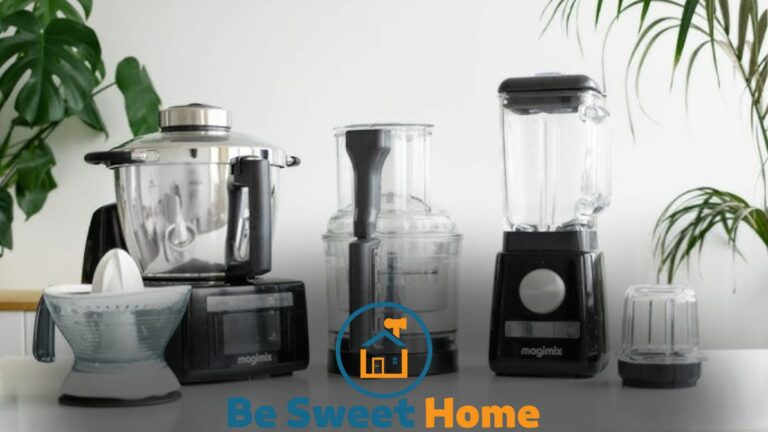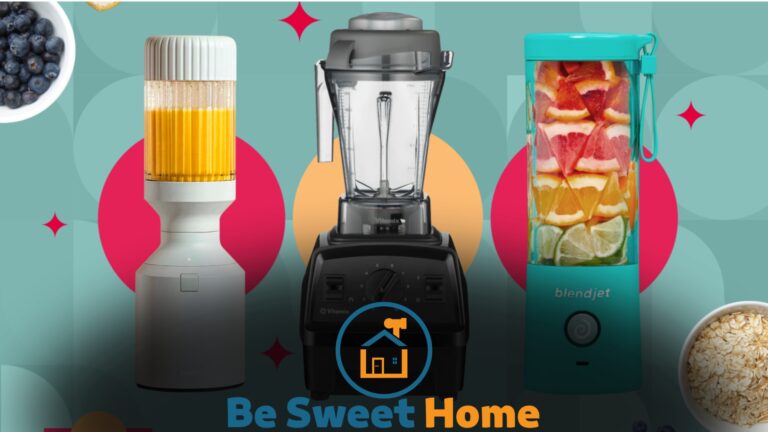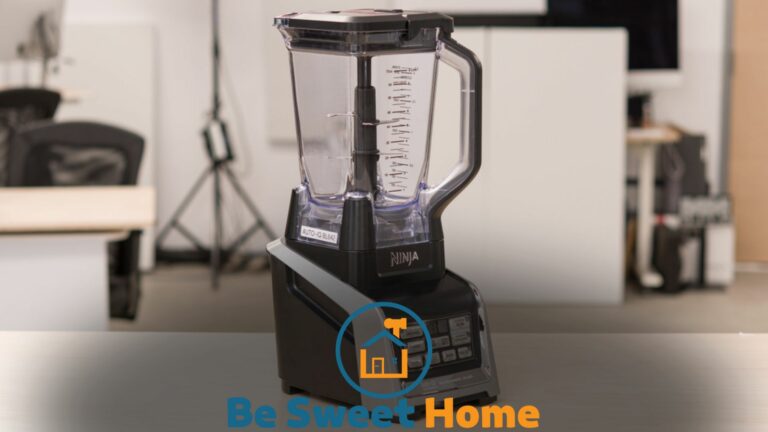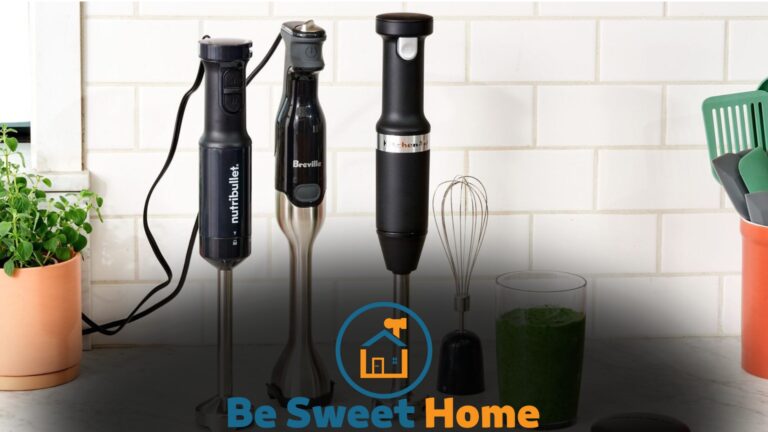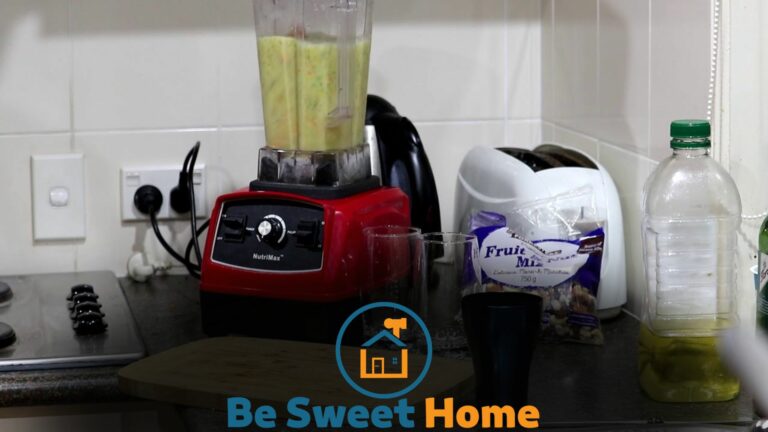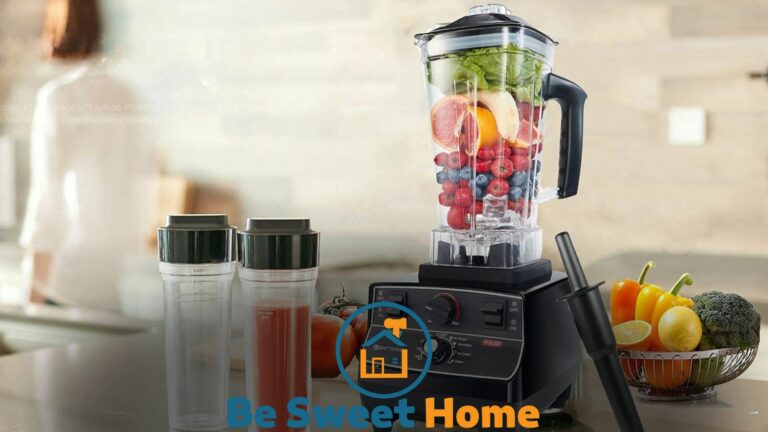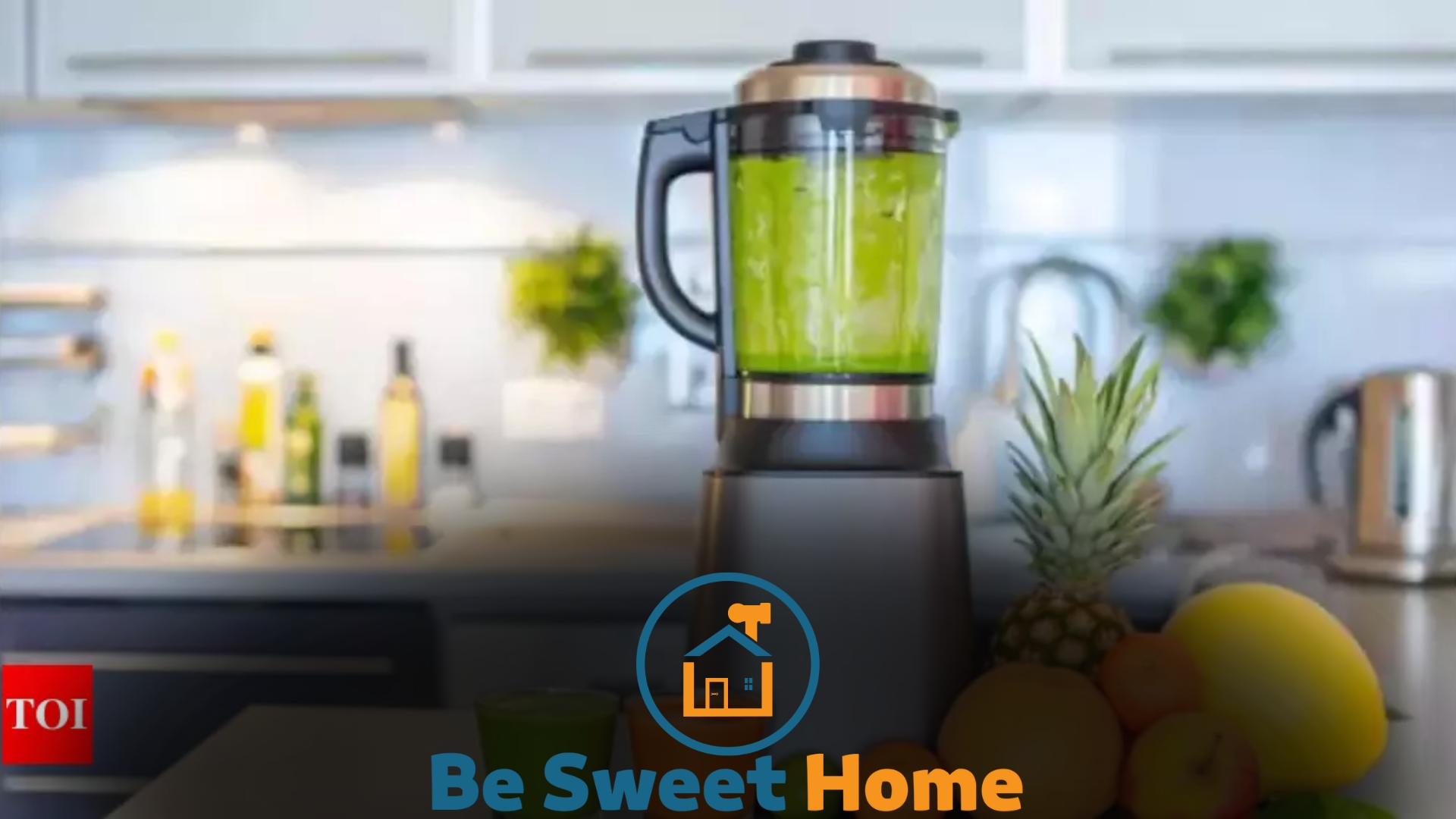

A blender processes the entirety of the produce, creating a thick, smooth drink, whereas a juicer extracts liquid, separating it from the pulp. Blenders retain fiber; juicers deliver a more concentrated liquid nutrient form.
Understanding the difference between a blender and a juicer can significantly impact your nutritional routine. Blenders are versatile kitchen appliances that mix, puree or emulsify food and other substances.
Their blades chop and pulverize everything, including the fiber, resulting in a thicker consistency like smoothies or soups.
On the other hand, juicers specialize in extracting juice from fruits and vegetables, discarding the indigestible fiber. This process provides a smoother, often more digestible beverage packed with vitamins and minerals without the bulk of the pulp.
Selecting between these two depends mainly on personal health goals, dietary preferences, and whether one aims for wholesome fiber intake or a quick, nutrient-rich drink.
Blender vs. Juicer: the Basics
Two appliances stick out when you step into a kitchen: blenders and juicers. Both transform fruits and vegetables into delicious, nutritious drinks. But they’re not the same.
Let’s break down the main differences to help you pick the right tool for your needs.
Functions of a Blender
Think of a blender as a multi-tasking genius in the kitchen. It doesn’t just mix liquids; it crushes, pulverizes, and combines all parts of your ingredients. With a blender:
- You get thick, fiber-filled results.
- Ice, nuts, and grains turn into smooth mixtures.
- Cleaning up is often a breeze.
Blenders maintain all nutrients because they retain the pulp and fiber.
Here’s a look at what blenders do best in the kitchen:
| Task | Example |
|---|---|
| Smoothies | Fruit blends with yogurt or milk |
| Soups | Hot, pureed vegetable soups |
| Sauces & Dips | Homemade tomato sauce or hummus |
Primary Uses of a Juicer
Juicers excel at extracting liquid from fruits and veggies. They separate the juice from the fiber. Let’s look at what juicers do:
- The juice is clear and light.
- Fiber is removed, making it easy to digest.
- They focus on getting every drop of liquid out.
Here are some popular uses for juicers:
| Drink | Benefit |
|---|---|
| Fruit Juices | Concentrated nutrients |
| Vegetable Juices | Low in sugar, high in vitamins |
| Detox Drinks | Cleanse the body |
So, a blender is your go-to for thick, nutritious blends, while a juicer is perfect for light, easily digestible juices.
Mechanics and Design
Understanding the ‘Mechanics and Design’ of blenders and juicers is fascinating. Blenders mix and emulsify, while juicers extract liquid. Let’s dive into the unique build of each.
The Build of Blenders
Blenders boast a versatile design. With a sturdy base that houses the motor and a pitcher on top, they blend various ingredients.
Sharp blades at the bottom of the pitcher turn at high speeds, creating a vortex that pulverizes everything into a smooth consistency.
- Motor: The powerhouse that drives the blades.
- Pitcher: Usually made of glass or plastic, where ingredients blend.
- Blades: Designed to create a blending vortex.
How Juicers Extract Juice
Juicers specialize in extracting liquid from fruits and vegetables. Unlike blenders, they separate pulp from juice.
Two main types exist centrifugal and masticating juicers. Centrifugal juicers slice with a fast-spinning blade, while masticating juicers crush at a slower pace.
| Type | Mechanism | Speed |
|---|---|---|
| Centrifugal | Slicing blade | High |
| Masticating | Crushing auger | Low |
Both types have a feeding chute for produce and a mechanism to separate the juice from the pulp. This allows for a nutrient-rich, smooth juice.
- Chute: Where you insert the produce.
- Separator: Differentiates the pulp from the juicy goodness.
Nutritional Output
Understanding the nutritional benefits of blending and juicing is crucial. Both methods yield drinks bursting with health benefits but differ dramatically in their nutritional outputs.
Let’s delve into how the fiber content from blenders and concentrated juicer nutrients can impact your diet.
Fiber Content In Blender Usage
Blenders create smoothies that retain all the fiber from fruits and vegetables. This is important for:
- Digestive health: Fiber aids in digestion and prevents constipation.
- Feeling full: You stay full longer, aiding in weight management.
- Blood sugar control: Fiber reduces sugar absorption, stabilizing blood sugar levels.
Blended drinks maintain a balanced nutritional profile comparable to their whole food sources.
Concentrated Nutrients in Juicing
Juicing extracts water and nutrients, leaving behind fiber. This results in:
- A high nutrient density: Juices deliver vitamins and minerals in highly absorbable forms.
- Quick energy: Without fiber, nutrients quickly enter the bloodstream.
- Efficient consumption: More produce in a single glass means more nutrients.
However, lacking fiber means juices don’t contribute to a feeling of fullness as effectively as blended drinks.
| Method | Fiber | Nutrients | Satiety |
|---|---|---|---|
| Blender | High | Varied | Higher |
| Juicer | Low | Concentrated | Lower |
Ease of Use and Cleaning
The journey to incorporating healthy habits often leads to choosing between blenders and juicers. Beyond the basic functions and nutritional benefits they offer, a key aspect to consider is how user-friendly and easy to clean these appliances are.
Let’s delve deeper into the ease of use and cleaning for blenders and juicers.
Operating a Blender
Blenders are versatile and straightforward. Here’s why:
- Simple controls: Most blenders come with a few buttons for different speeds.
- Quick preparations: No need to chop fruits finely; blenders can handle larger pieces.
- Multi-task marvel: Blenders can mix, chop, and crush, offering more than just juice.
Cleaning a Juicer
Cleaning a juicer might take extra steps compared to blenders. Here’s a breakdown:
| Part | Cleaning Method |
|---|---|
| Disassembly | Remove parts carefully, usually more than a blender. |
| Scrubbing | Use a brush to clean screens and filters. |
| Rinsing | Parts need thorough rinsing under running water. |
| Drying | Lay out parts to air dry, or use a towel for quicker use. |
Clean up immediately, as dried pulp is harder to remove.
Versatility in the Kitchen
The kitchen buzzes with the dance of appliances, each championing their roles. Blenders and juicers shape our food experiences differently. Let’s dive into their versatility to understand their unique attributes.
Blenders for Various Recipes
Blenders shine as kitchen all-stars. They can respect the integrity of fruits and vegetables while impressively multitasking. See what blenders can do:
- Create smoothies, keeping fiber from the fruits and veggies.
- Whip up homemade sauces and dressings with ease.
- Blend nut butter without added oils or preservatives.
- Crush ice for frosty beverages.
- Turn grains into fresh flour.
- Mix batters for pancakes and waffles.
- Even make soups and heat them using the friction from their blades.
A blender is perfect for those who love to experiment with varied recipes.
Juicers for Pure Juice Creation
Juicers have a laser focus. They excel at extracting liquid, leaving behind solids. Discover juicer capabilities:
| Cold-Press Juicers | Centrifugal Juicers |
| Yield nutrient-rich juice. | Work fast for instant juice. |
| Maintain enzymes and antioxidants. | Offer an easy-clean advantage. |
| Operate at low temperatures to prevent oxidation. | Are more cost-effective for the budget-conscious. |
A juicer is your go-to device if your goal is refreshing, pure juice.
Price and Investment
Choosing between a blender and a juicer is not only about what they do. It’s also about how much they cost and their value over time.
Let’s explore the cost at first purchase and consider their long-term investment value.
Cost Comparison
Prices for blenders and juicers can vary widely. Generally, basic blenders can be more affordable than juicers.
Simple blenders start at a lower price point. On the other hand, juicers often demand a higher initial cost, especially masticating models that extract more juice.
Here is a quick price range glimpse:
| Appliance | Entry-Level Cost | High-End Cost |
|---|---|---|
| Blender | $20-$100 | $100-$600 |
| Juicer | $50-$150 | $150-$1000+ |
Long-term Investment Value
Blenders tend to last longer and require less maintenance. This resilience translates to better long-term value. Conversely, juicers might need more frequent care, affecting their longevity negatively.
- Durability: Blenders typically offer robust motors and fewer parts that wear out.
- Maintenance Costs: Juicers can incur higher costs from replacing filters, blades, or worn-out parts.
Thinking about electricity? Blenders often use less power compared to juicers, thus saving you money on energy bills. Considering these factors helps gauge which appliance is a smart addition to your kitchen in the long haul.
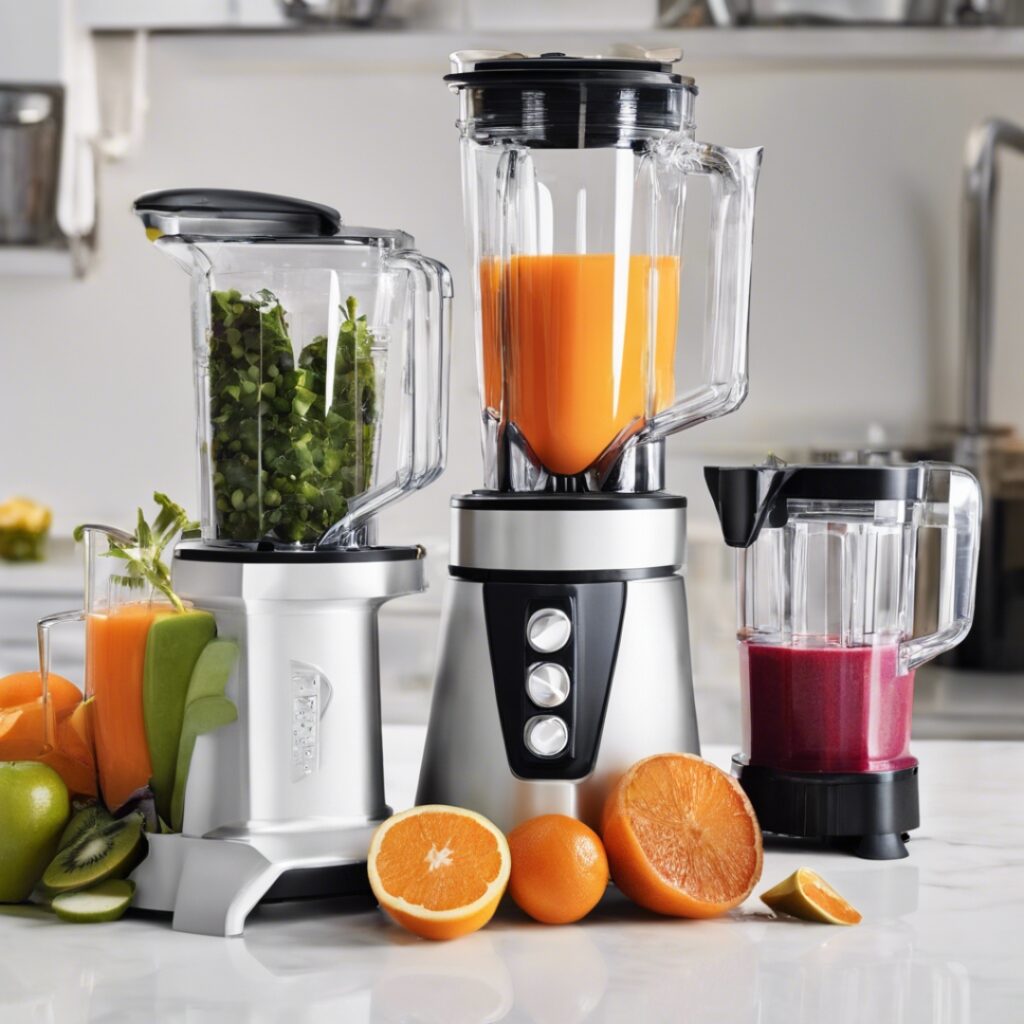
Frequently Asked Questions
What Defines a Blender?
A blender is a kitchen appliance designed to mix, puree, or emulsify food and other substances, featuring multiple speeds and a rotating blade.
How Does a Juicer Operate?
Juicers extract juice from fruits and vegetables by separating the liquid from the pulp, utilizing either centrifugal force or mastication.
Can a Blender Make Juice?
Blenders can produce a liquid blend that includes pulp, but additional straining is needed to remove solid particles for clear juice.
Are Blenders and Juicers Similar?
No, blenders and juicers serve different purposes; blenders create smoothies and mix ingredients, while juicers specifically extract juice, discarding the pulp.
Which is Healthier: a Blender or a Juicer?
Both have health benefits; blenders retain fiber-rich pulp, which is beneficial for digestion, while juicers provide concentrated, pulp-free juice, which is easier to digest.
Conclusion
To summarize, blenders and juicers serve distinct purposes in a healthy kitchen. Whether you aim for silky smoothies or pure, nutrient-rich juices, your choice is personal preference and dietary goals. Remember that blenders retain fiber while juicers deliver concentrated vitamins.
Make your pick based on the benefits that align with your wellness journey. Cheers to your health!

